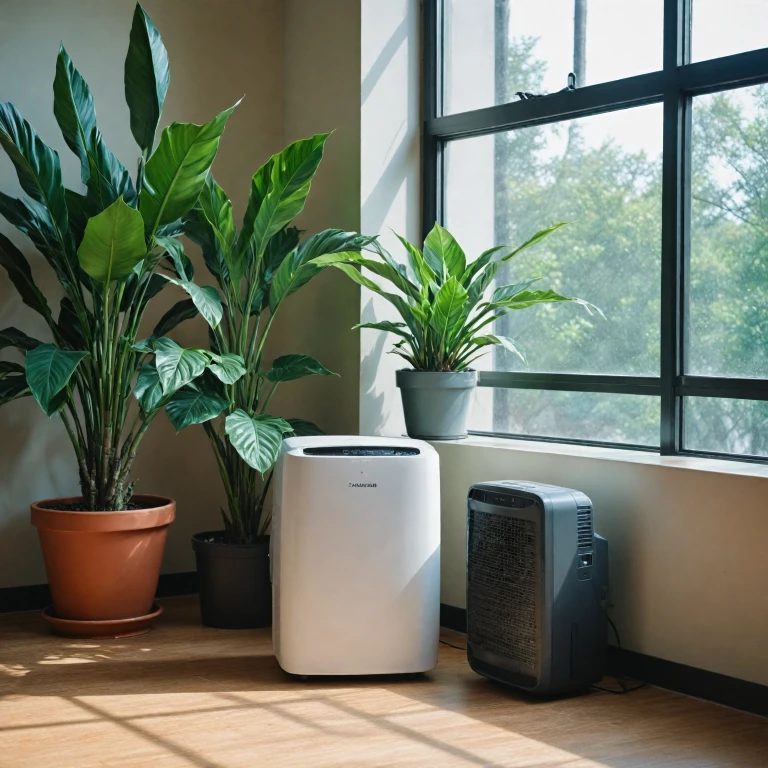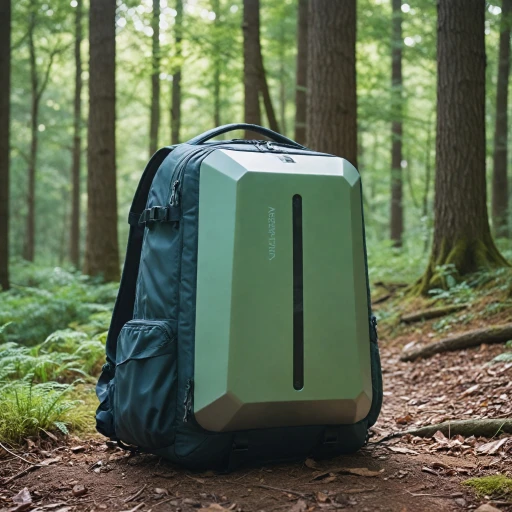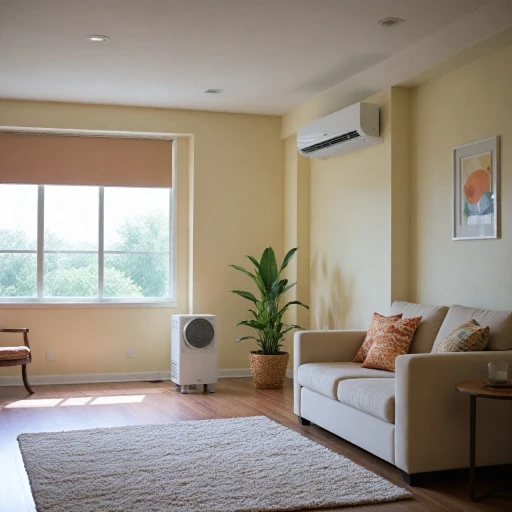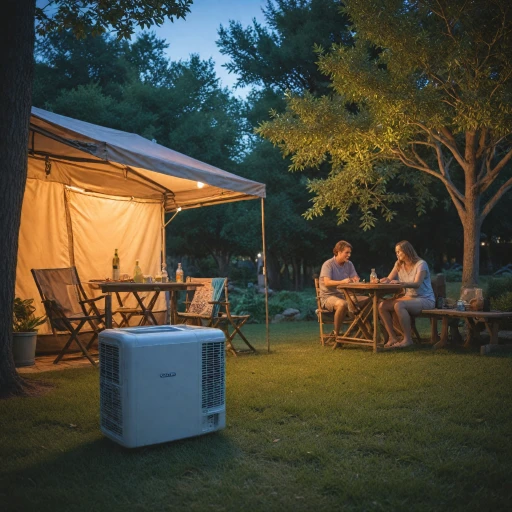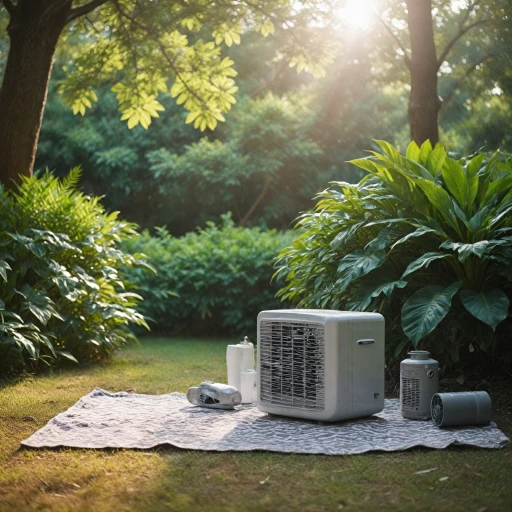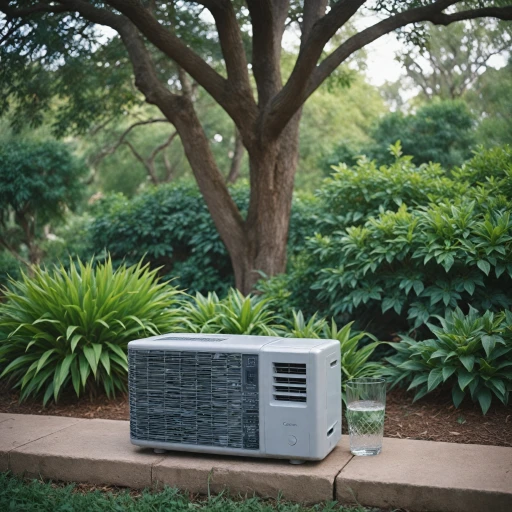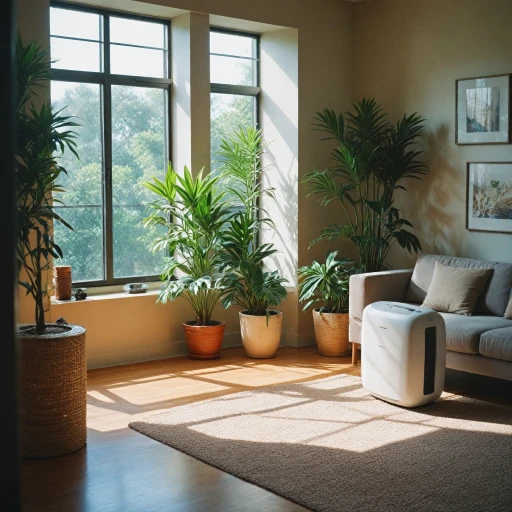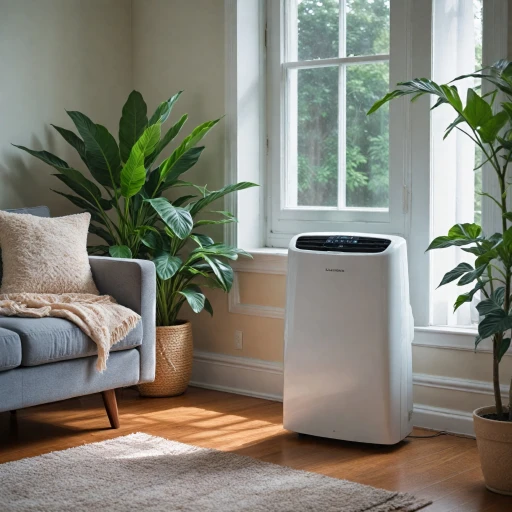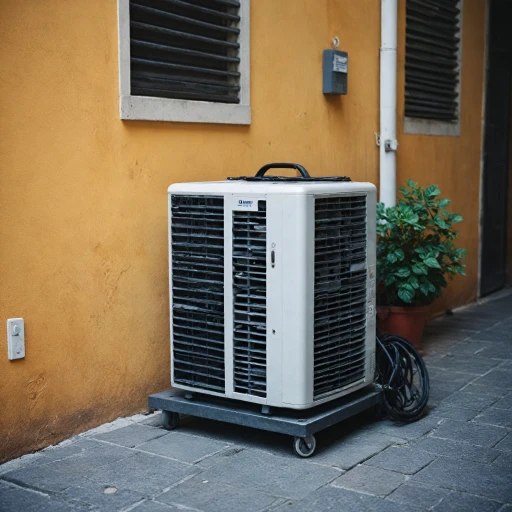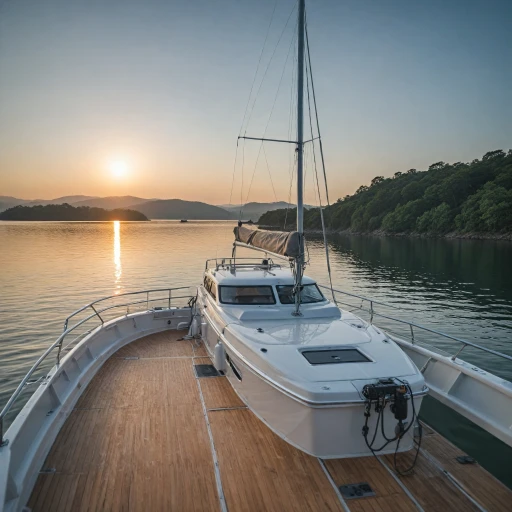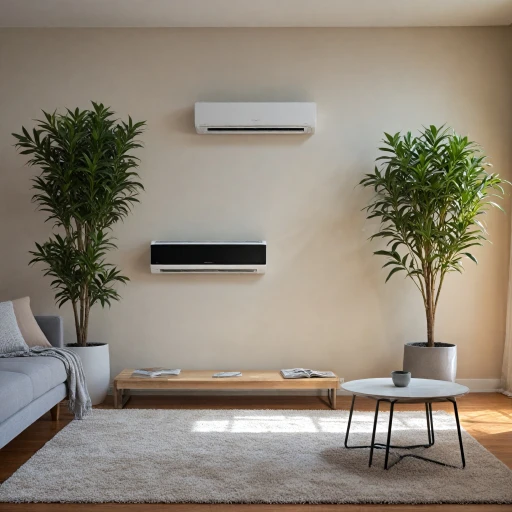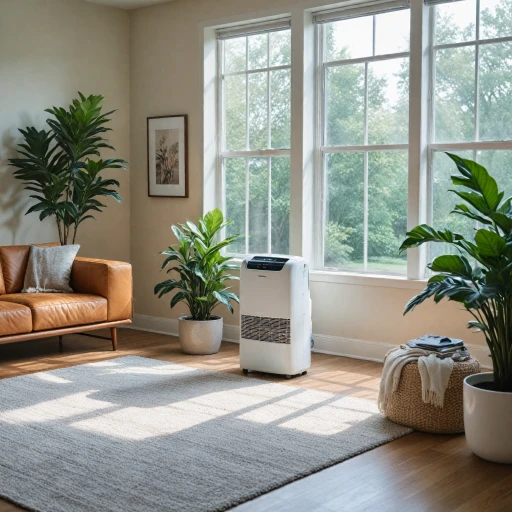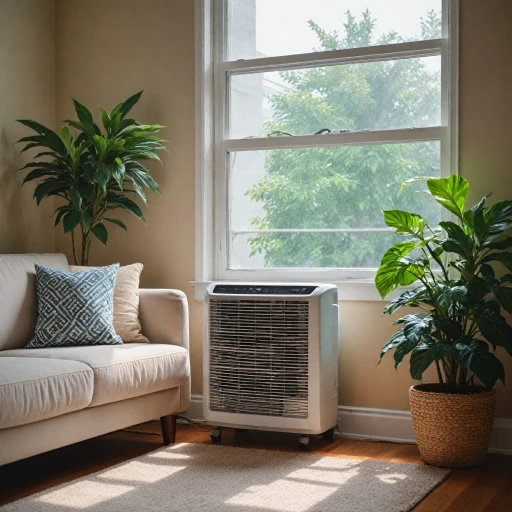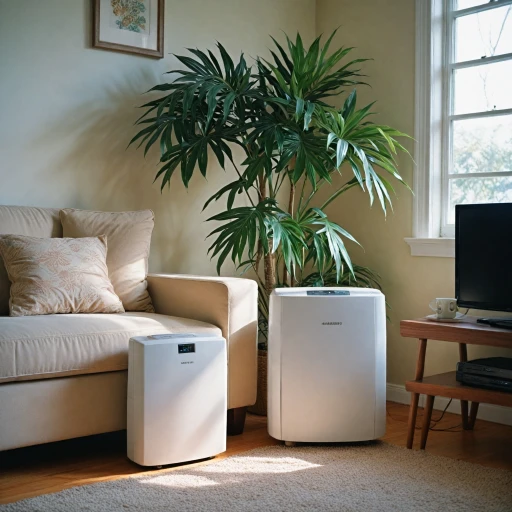
Understanding Commercial Portable Air Conditioners
Unpacking the Basics of Commercial Portable Air Conditioning Units
Commercial portable air conditioners are an essential tool for businesses seeking a flexible and efficient solution to control indoor climates. Unlike traditional air conditioning systems, these units are designed for easy mobility, allowing for quick deployment in areas where climate control is most needed. They come in various sizes and capacities, from lightweight portable spot coolers to more robust industrial options, making them versatile for diverse applications.
One of the key features of commercial portable air conditioners is their range of cooling capacity, typically measured in BTU (British Thermal Units). This measure indicates how much heat the unit can remove from a room per hour. Brands like Oceanaire, MovinCool, and Kwikool offer models ranging from low BTU portable units for small spaces to high-capacity options designed for larger commercial environments, sometimes equivalent to several tons of cooling.
These units can be air cooled or water cooled, each offering distinct advantages. Air cooled models are easy to install and are generally more affordable, whereas water cooled units can be more energy efficient and suitable for spaces where venting hot air may be challenging. The Pro Series and Climate Pro lines illustrate the variety and efficiency seen in current commercial air conditioning technology.
Many of these commercial portable systems are equipped to handle unique requirements, including rugged industrial settings and spot cooling needs. They are also practical solutions for temporary cooling requirements, such as during peak heat periods or industrial shutdowns.
When considering an investment, it's crucial to evaluate factors such as price points, whether regular price or sale price, and brand reputation. Well-rated products ensure reliability, and investing wisely in a suitably sized and powered unit can provide optimal results. To complement this understanding, exploring the implementation and upkeep of these units will maximize their benefits.
Key Advantages of Using Commercial Portable ACs
Efficient and Adaptive Cooling for Various Needs
When it comes to industrial and commercial settings, portable air conditioners offer a range of advantages. These versatile units, such as those from trusted brands like Oceanaire, MovinCool, and Kwikool, provide practical solutions for different cooling challenges. By understanding the specific benefits, businesses can make informed decisions to enhance their climate control efforts.- Flexibility and Mobility: Commercial portable air conditioners are designed to be moved from one location to another with ease. This portability makes them ideal for spot cooling in areas that don’t require permanent climate control. Whether it’s a temporary workspace, server room, or a specific industrial spot, these units ensure that air cooling is where it’s needed most.
- Cost-Effective Cooling: Compared to large, centralized systems, portable air conditioners often come at a lower regular price point, making them a more cost-effective option. The initial sale price and ongoing maintenance costs may be significantly less than permanent installations, allowing businesses to stay within budget while effectively managing room air temperatures.
- Energy Efficiency: When considering the conditioner BTU ratings, commercial portable units are available in various configurations, ensuring an option that aligns with specific needs. From large spaces requiring high BTU portable units to smaller areas needing less output, businesses can select an energy-efficient solution that reduces waste and costs.
- Easy Setup and Maintenance: These air conditioners often require minimal installation efforts and can be up and running quickly, saving time and resources. Additionally, units like those in the Pro Series are designed for easy care, ensuring long-term use with minimal maintenance demands. Regular checks and simple procedures can extend their lifespan significantly.
- Adaptability to Various Heat Loads: Whether dealing with air-cooled or water-cooled models, commercial portable air conditioners are adept at handling diverse climate challenges. They are an excellent choice for managing industrial heat loads or providing targeted cooling in areas where standard air conditioning systems might not suffice.
Installation Tips for Commercial Portable ACs
Efficient Setup for Optimal Performance
When it comes to setting up your commercial portable air conditioner, getting it right from the start can greatly enhance its efficiency and lifespan. Here’s a closer look at some key installation tips:- Location Matters: Position your portable spot cooler in a well-ventilated area close to a power outlet. This ensures the equipment receives adequate airflow while operating efficiently. Bear in mind that obstructions, such as furniture, can hinder performance, so clear the surrounding space for better cooling results.
- Proper Exhaust Setup: Most portable air conditioners, such as those available from Oceanaire and MovinCool, require an exhaust hose to expel hot air. Make sure the exhaust is correctly installed through a window or another outlet, preventing hot air from reentering the room. This is crucial for maintaining a consistent climate in your space.
- Condenser Drainage System: Depending on your model, like the water-cooled or air-cooled options from Kwikool Pro or Climate Pro series, you might need to manage condensation. Some air conditioners come with built-in drain systems, while others might need manual drainage. Opting for units that automatically evaporate moisture can simplify maintenance.
- Electrical Requirements: Verify the power ratings and make sure your power source can handle the BTU capacity of your air conditioner. For high-capacity units, often rated in tons or BTUs, ensure your electrical system is compatible to prevent circuit breakers from tripping.
Maintenance and Care for Longevity
Essential Tips for Ensuring Long-Lasting Performance
Regular maintenance and care are crucial for extending the life of your commercial portable air conditioner, whether from brands like oceanaire, movincool, or kwikool. Following some basic steps can help keep your unit in top condition, delivering efficient cooling during high demand periods.- Consistent Filter Cleaning or Replacement: Just like residential units, commercial portable air conditioners require their filters to be cleaned or replaced regularly. This is especially important in industrial settings where dust and debris can clog filters quickly, leading to reduced efficiency and increased energy consumption. Depending on usage frequency and environmental factors, check and service the filters every few weeks to ensure optimal airflow.
- Monitoring the Condenser Coils: The condenser coils are a vital component of the air cooling process in an air conditioner. Dust build-up can lead to reduced heat exchange efficiency, affecting the unit's cooling capability. Regularly inspect and clean the coils, especially in climates where the units are used extensively for spot cooling. Utilize a soft brush or dedicated coil cleaner to remove dirt, but be cautious to avoid damaging the coils.
- Checking Drain and Ventilation Paths: Portable air conditioners like those with water-cooled or air-cooled systems can often produce excess moisture. Ensure that the drainage systems are clear and functioning correctly to prevent water damage. Additionally, keep the vent paths unobstructed; blocked vents can force the unit to work harder, straining the system.
- Inspecting and Calibrating Thermostats: An accurate thermostat is crucial for maintaining indoor climate control. Periodically verify that the thermostat within the commercial portable air conditioner is correctly set and functioning, as an inaccurate thermostat could lead to inefficient energy use and inconsistent room climate.
- Professional Servicing and Inspections: While regular DIY maintenance is beneficial, professional servicing can further enhance the longevity of your unit. Technicians can perform comprehensive checks including BTU assessments and ensure that units such as those in the Climate Pro series operate at their rated efficiency.
Comparing Commercial Portable ACs to Other Cooling Solutions
Exploring Alternatives: Comparing Commercial Portable Air Conditioners
When considering cooling solutions for commercial spaces, it's essential to understand how commercial portable air conditioners stack up against other options. Here’s a breakdown of their comparison based on specific criteria:- Flexibility and Portability: Commercial portable air conditioners, including popular brands like Oceanaire, MovinCool, and Kwikool, offer unmatched portability compared to traditional systems. Their ability to be moved from one spot to another ensures quick adaptation to changing needs, making them ideal for spot cooling in various climate conditions.
- Installation Complexity: Unlike permanent systems that require extensive installation processes, commercial portable ACs are easier to set up, as previously discussed. This convenience can save both time and money, providing a more cost-effective solution if your commercial space undergoes frequent layout changes.
- Cost Efficiency: The regular price of portable air conditioners may initially seem higher. However, when considering maintenance, repair costs, and their energy-efficient nature (often rated in BTUs per ton), they can prove to be a more economical choice over time. Models such as the Climate Pro series offer variable output with air cooled or water cooled options to fit diverse requirements.
- Versatility in Climate Control: While traditional systems control the overall climate, portable units provide more targeted cooling. This is especially beneficial in scenarios where only certain rooms or areas need temperature regulation, reducing energy consumption. Efficient units like the pro series are effective in maintaining a consistent temperature in industrial or commercial settings.
- Heat Removal Capability: Some commercial portable air conditioners are equipped with heat pumps, allowing them to double as heaters in cooler climates. This dual functionality enhances their value and extends their usability across different seasons.
